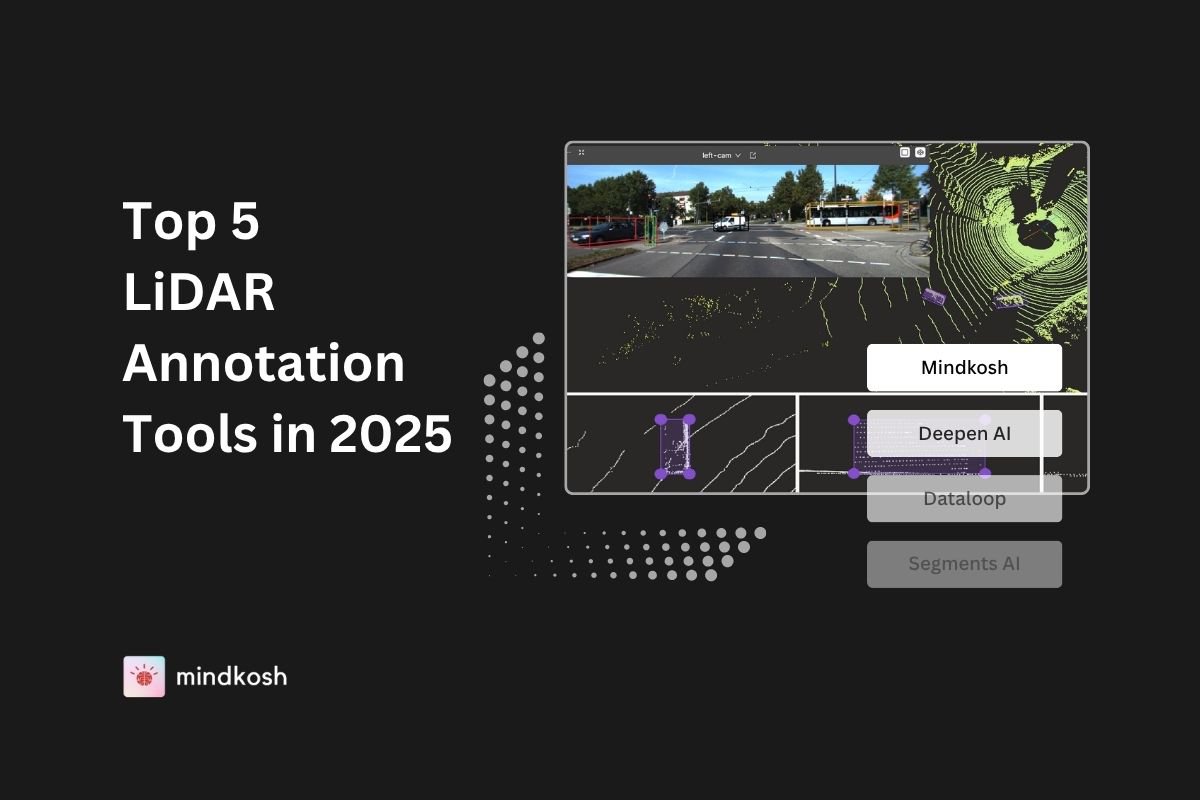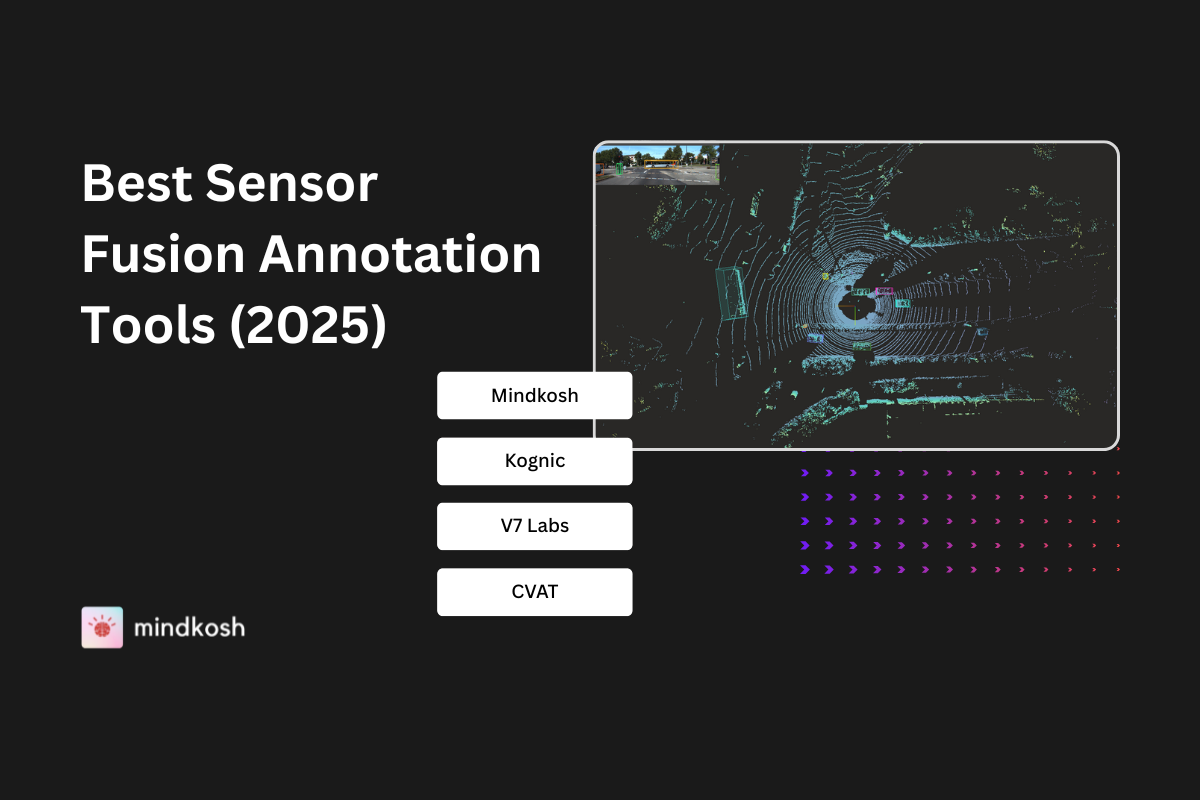Data annotation tools are essential in the development of machine learning (ML) and artificial intelligence (AI) models. These tools enable the creation of labeled datasets, which are fundamental for training models to make accurate predictions and perform complex tasks like object detection, sentiment analysis, and more. In this blog, we’ll explore the significance of data annotation tools, their various applications, types, challenges, and trends shaping the future of AI.
What is data annotation?
Data annotation refers to the process of labeling or tagging data to make it understandable for machine learning algorithms. It transforms raw data into a structured format that models can learn from, enhancing their ability to recognize patterns and make informed decisions. Annotations can take many forms, including text, images, and videos, depending on the type of data and the desired output of the AI model.
Why is data annotation important?
The importance of data annotation cannot be overstated. It directly influences the quality and performance of AI and ML models. High-quality, well-annotated data ensures that models are trained with accuracy, leading to better results in real-world scenarios. Poor annotations, on the other hand, can result in models making incorrect predictions, diminishing their reliability and effectiveness.
In fields like healthcare, autonomous driving, and retail, the stakes are high—making accurate data annotation vital for safety, efficiency, and customer satisfaction.
Real world applications of data annotation
Data annotation is pivotal across several industries, enabling advanced AI applications:
- Computer Vision: Annotated images and videos are used to train models to recognize objects, people, and environments in fields like security, retail, and healthcare.
- Natural Language Processing (NLP): Text annotations enhance tasks such as sentiment analysis, language translation, and chatbots by teaching models to understand the nuances of human language.
- Autonomous Vehicles: Accurate annotations of objects like pedestrians, road signs, and other vehicles are crucial for training self-driving cars to navigate safely.
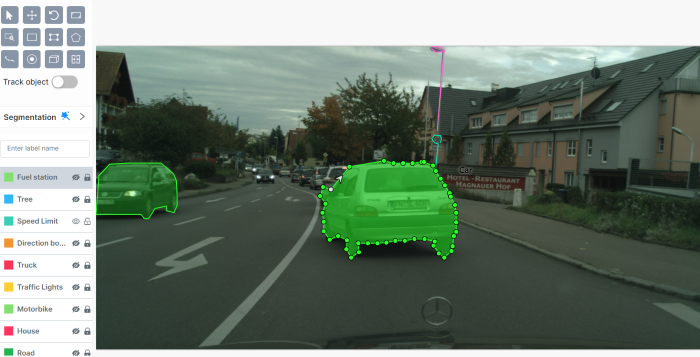
Types of data annotation
Data annotation comes in various forms, each catering to different types of AI tasks:
Text Annotation
Text annotation involves labeling specific parts of text to make it comprehensible to NLP models. Key types include:
- Named Entity Recognition (NER): Identifies and classifies entities such as names, dates, and locations.
- Sentiment Analysis: Tags text as positive, negative, or neutral, helping models understand emotional context.
- Part-of-Speech Tagging: Assigns grammatical categories (noun, verb, adjective, etc.) to words, aiding linguistic analysis.
Image Annotation
Image annotation is used to label objects within images, enabling models to interpret visual data.
- Object Detection: Bounding boxes are used to highlight objects within an image.
- Image Segmentation: Annotates individual pixels, helping models differentiate between different regions or objects in an image.
- Image Classification: Labels the entire image to categorize it, such as identifying animals or types of vehicles.
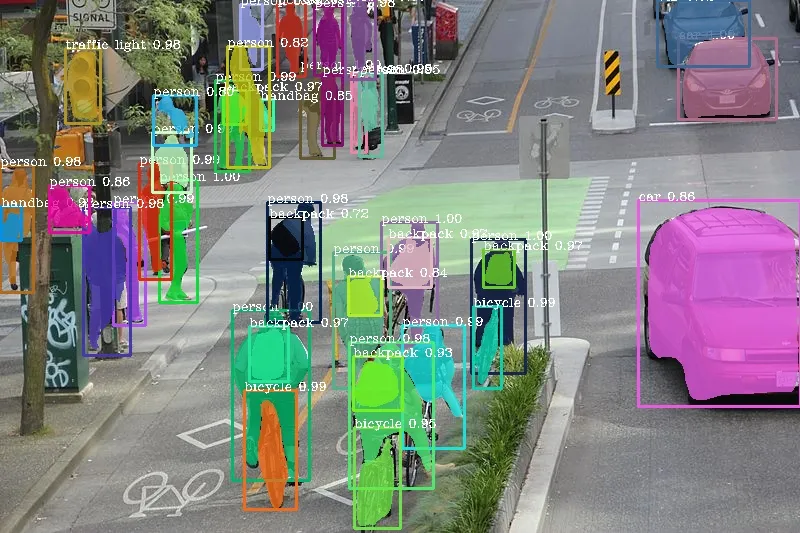
Video Annotation
For video-based tasks, annotations involve identifying and tracking objects or actions across frames.
- Action Recognition: Labels actions like walking, jumping, or driving within video sequences.
- Object Tracking: Tracks objects through multiple frames in a video, crucial for applications like autonomous driving.
- Facial Recognition: Labels and identifies faces in video feeds, enhancing security and surveillance systems.
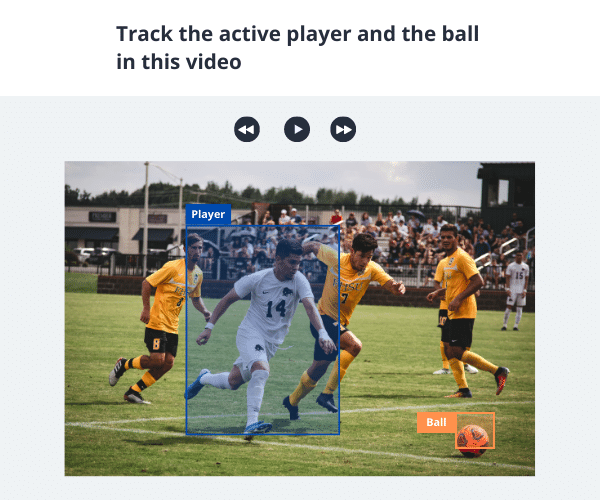
Data annotation process
Data annotation is a structured, multi-step process that involves the following:
Data Collection
The first step involves gathering relevant data. The quality of the data is crucial, as well-structured datasets lead to better model training outcomes.
Data Cleaning and Preprocessing
Before annotation, data is cleaned and preprocessed to remove errors, inconsistencies, or irrelevant information. This step ensures that only high-quality data is fed into the annotation pipeline.
Annotation Guidelines and Quality Control
For consistent and accurate annotations, clear guidelines must be established. These guidelines should define how data is labeled, and quality control mechanisms should be in place to ensure annotations meet the required standards.
Annotation Tools and Platforms
Data annotation tools streamline the labeling process by offering various features such as pre-annotation, quality control, and collaboration options. Some of the most widely-used platforms include Labelbox, SuperAnnotate, and V7 Darwin.
Challenges in data annotation
Despite its importance, data annotation presents several challenges:
Data Quality Issues
Ensuring that annotations are accurate and free of errors is a significant challenge. Poor-quality annotations can degrade model performance, necessitating strict quality control protocols.
Annotation Consistency
In large datasets, maintaining annotation consistency across different data points or among multiple annotators can be difficult. Tools that offer review systems and feedback loops help address this challenge.
Scalability and Efficiency
As datasets grow, annotating data manually becomes time-consuming and costly. Balancing speed and accuracy while scaling up data annotation efforts remains a challenge for many organizations.
Privacy and Ethical Concerns
Data privacy is a growing concern, particularly when annotating sensitive information like medical records or personal data. Ethical guidelines should be followed to ensure that data is handled responsibly.
Spotlight: Our Annotation Tool
Our annotation tool is designed to simplify and enhance the data annotation process. Here’s what makes it stand out:
Magic Segment
Our automatic segmentation tool, magic segment, streamlines the process of annotating complex images by generating precise segmentation masks. This feature drastically reduces the time required for manual annotation while maintaining accuracy.
Support for Lidar Data
With native support for lidar data, our tool enables precise annotation of 3D point clouds, making it ideal for applications like autonomous driving and robotics.
Quality Assurance Features
To ensure the highest annotation quality, we provide the following. You can read more about it here.
- Multi-Annotator Setup: Allows multiple annotators to work on the same dataset, enabling collaboration and comparison.
- Honeypot Mechanism: Injects pre-annotated data points to monitor annotator accuracy in real-time.
- Issue Management System: Tracks and resolves annotation discrepancies efficiently.
Future trends in data annotation
As AI continues to evolve, new trends are shaping the future of data annotation.
Automated Annotation Techniques
Automation is gaining traction in data annotation, with AI-powered tools increasingly used to pre-annotate data. These automated techniques reduce the burden on human annotators, speeding up the process and improving efficiency.
Active Learning
Active learning allows models to selectively choose which data points to annotate based on their confidence levels. By focusing on uncertain or ambiguous cases, models can improve their performance with fewer annotated examples.
Federated Learning
Federated learning involves training models across decentralized data sources without sharing the actual data. This approach enhances privacy while enabling collaboration across organizations, making it an emerging trend in data annotation.
Additional considerations
When working on data annotation projects, it's essential to tailor your approach to the specific needs of your AI models. Consider integrating case studies to illustrate the value of well-annotated data, and be mindful of your target audience's technical knowledge. Actionable tips, such as creating clear annotation guidelines and employing quality control measures, can improve the overall success of your projects.
Conclusion
Data annotation tools are indispensable in developing robust AI models. By understanding the various types of annotations, the challenges involved, and the latest trends, stakeholders can make informed decisions to optimize their data annotation efforts. Leveraging the right tools and following best practices ensures that models are trained effectively, leading to accurate and reliable predictions.
Read more about the 7 Best Data Annotation Tools In 2024.

